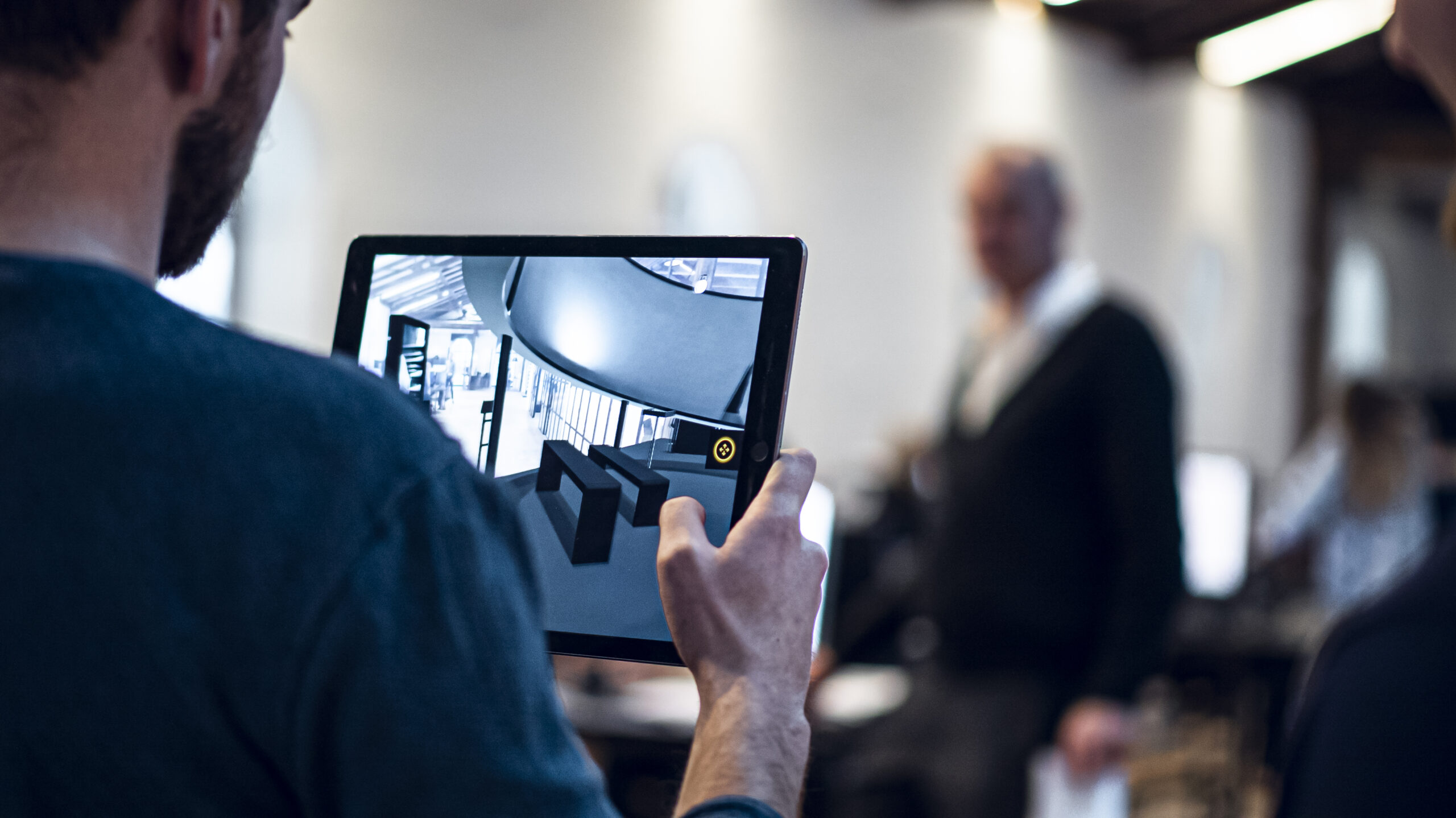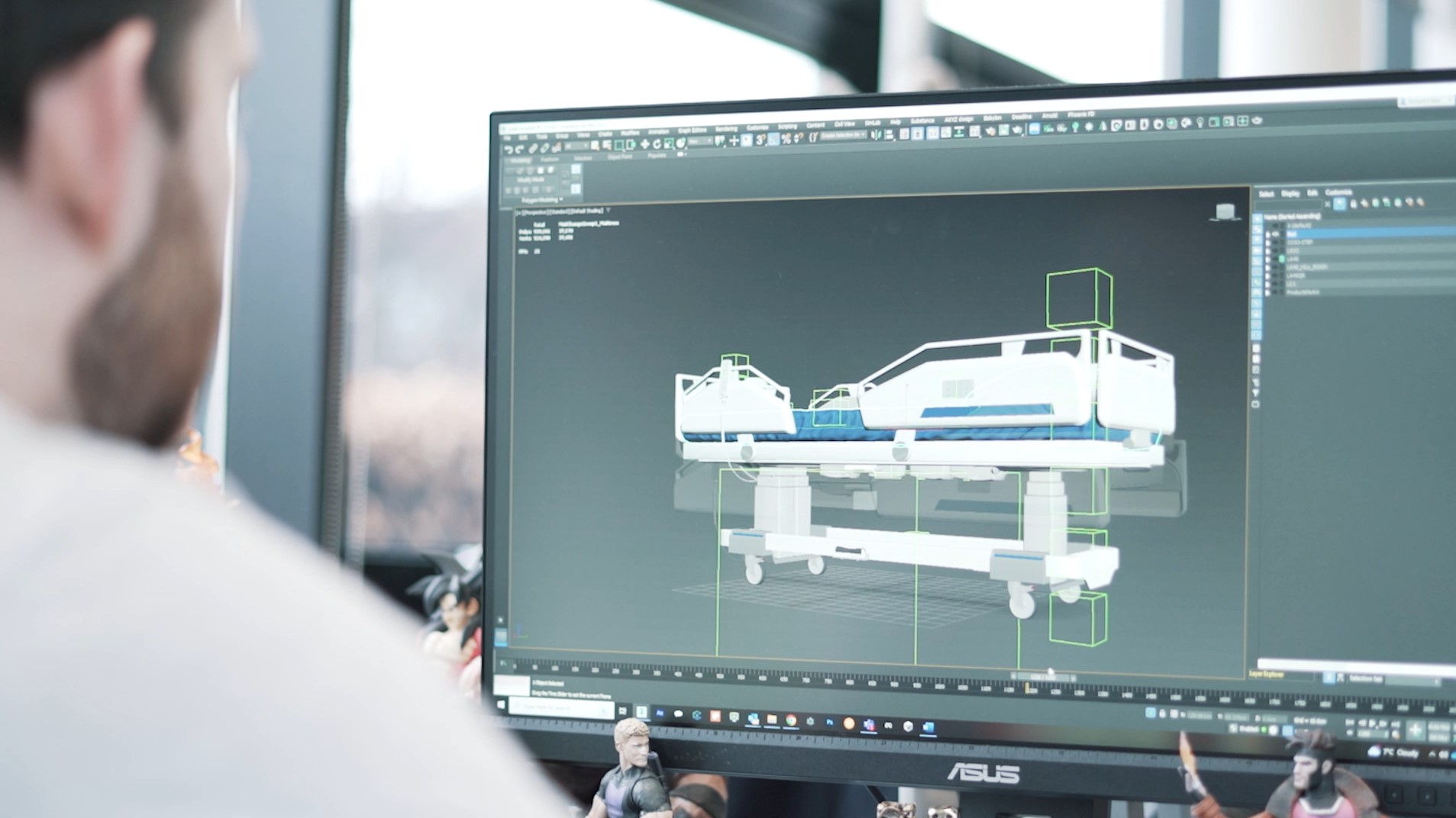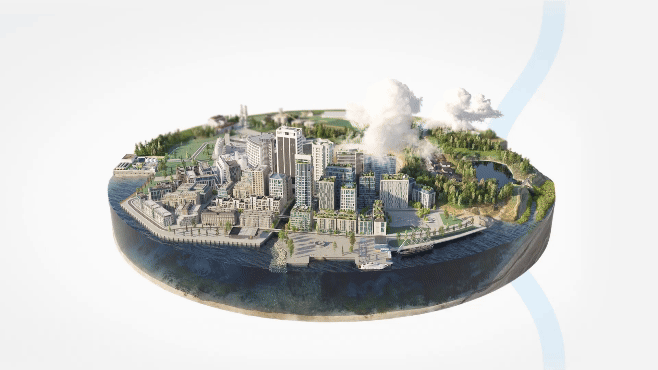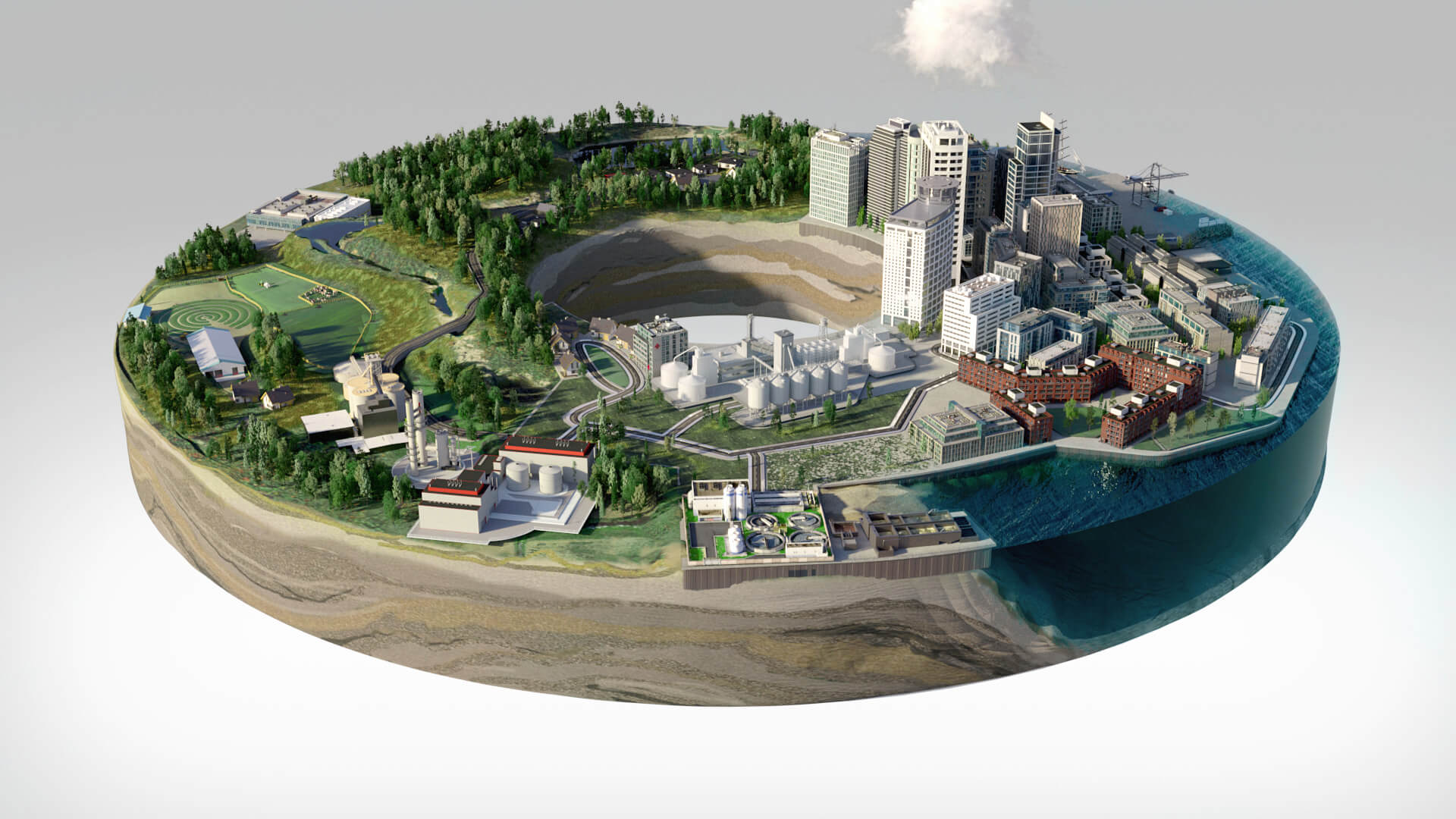The transition from WebGL to WebGPU represents a new chapter in the story of web graphics.
While WebGL has been the backbone of interactive 3D graphics on the web for over a decade, allowing developers to create rich visual experiences directly in the browser, WebGPU introduces a new era of performance and capability.
WebGL
The foundation of web graphics
WebGL is a universally accessible tool that developers can use to create web-based graphics applications without financial or technical barriers tied to specific platforms or licensing.
WebGL has been widely adopted across all major browsers, making it the go-to choice for cross-platform 3D graphics on the web. It allows the browsers to use the computer’s graphics power for smoother, faster visuals, without needing extra plugins. This has led to its use in everything from simple web games to complex visualisations and interactive 3D environments.
However, WebGL has its limitations. It’s tied to an older graphics pipeline, which causes a limit when using modern GPU, Graphics Processing Unit, capabilities.
As graphics demands have grown, particularly in areas like real-time 3D rendering and machine learning, WebGL's architecture has started to show its age.

WebGPU
The next chapter
Enter WebGPU, the successor to WebGL, designed to meet the demands of modern web applications that require high-performance graphics and computer capabilities.
WebGPU provides direct access to the GPU, allowing for more efficient processing of complex tasks like physics simulations, machine learning computations, and real-time 3D rendering. Unlike WebGL, which primarily focuses on creating images , WebGPU supports advances features like compute shaders. These can manage tasks beyond graphics, taking advantage of the GPU’s ability to process numerous things at once.
One of the most significant advantages of WebGPU is its asynchronous operation model. This design allows a smoother performance in complex applications. Additionally, WebGPU’s architecture is more aligned with modern APIs, offering developers a more powerful toolset for building next-generation applications.

New possibilities
WebGPU isn’t just about enabling the GPU; it offers a more high-powered, flexible and modern way to use the GPU compared to WebGL.
The shift to WebGPU opens up new and big possibilities for web developers. For instance, in virtual events or 3D web applications, where developers used to have to pre-render content, WebGPU now enables interactive, real-time 3D environments. Users can manipulate scenes, interact with objects, and experience immersive environments that respond dynamically to their input.
Moreover, WebGPU’s capabilities extend beyond just graphics. Its support for machine learning means that applications can perform complex computations directly in the browser, potentially transforming how we think about AI-powered web services. This could include everything from real-time image processing to interactive AI-driven content generation.

What comes next?
Despite its promise, WebGPU is still in its early stages, with broader adoption and support in progress.
As of now, it is supported in Chrome and other browsers, but not universally available across all platforms. Developers eager to leverage WebGPU will need to stay updated on its evolving capabilities and browser support to ensure compatibility with their target audience.
What it means for us
At Cadpeople, we’re all about creating versatile 3D assets that work across different platforms — whether it’s for virtual events, product visualisations, or immersive VR experiences. WebGL has been great for delivering interactive 3D content, but WebGPU takes it to the next level.
With WebGPU, we can build even more dynamic and responsive environments, enabling real-time rendering and more complex interactions directly in the browser. This means our 3D models and virtual platforms will be more interactive and realistic without sacrificing performance.
WebGPU’s ability to handle tasks like machine learning also opens up new opportunities for smarter, AI-driven content in our projects. As this technology evolves, it will become key in helping us deliver cutting-edge solutions that enhance the immersive experiences we’re known for.
In short, WebGPU will allow us to do more with our 3D assets, making our work even more impactful and future-ready.

The transition from WebGL to WebGPU represents a new chapter in the story of web graphics.
While WebGL has been the backbone of interactive 3D graphics on the web for over a decade, allowing developers to create rich visual experiences directly in the browser, WebGPU introduces a new era of performance and capability.
WebGL
The foundation of web graphics
WebGL is a universally accessible tool that developers can use to create web-based graphics applications without financial or technical barriers tied to specific platforms or licensing.
WebGL has been widely adopted across all major browsers, making it the go-to choice for cross-platform 3D graphics on the web. It allows the browsers to use the computer’s graphics power for smoother, faster visuals, without needing extra plugins. This has led to its use in everything from simple web games to complex visualisations and interactive 3D environments.
However, WebGL has its limitations. It’s tied to an older graphics pipeline, which causes a limit when using modern GPU, Graphics Processing Unit, capabilities.
As graphics demands have grown, particularly in areas like real-time 3D rendering and machine learning, WebGL's architecture has started to show its age.

WebGPU
The next chapter
Enter WebGPU, the successor to WebGL, designed to meet the demands of modern web applications that require high-performance graphics and computer capabilities.
WebGPU provides direct access to the GPU, allowing for more efficient processing of complex tasks like physics simulations, machine learning computations, and real-time 3D rendering. Unlike WebGL, which primarily focuses on creating images , WebGPU supports advances features like compute shaders. These can manage tasks beyond graphics, taking advantage of the GPU’s ability to process numerous things at once.
One of the most significant advantages of WebGPU is its asynchronous operation model. This design allows a smoother performance in complex applications. Additionally, WebGPU’s architecture is more aligned with modern APIs, offering developers a more powerful toolset for building next-generation applications.

New possibilities
WebGPU isn’t just about enabling the GPU; it offers a more high-powered, flexible and modern way to use the GPU compared to WebGL.
The shift to WebGPU opens up new and big possibilities for web developers. For instance, in virtual events or 3D web applications, where developers used to have to pre-render content, WebGPU now enables interactive, real-time 3D environments. Users can manipulate scenes, interact with objects, and experience immersive environments that respond dynamically to their input.
Moreover, WebGPU’s capabilities extend beyond just graphics. Its support for machine learning means that applications can perform complex computations directly in the browser, potentially transforming how we think about AI-powered web services. This could include everything from real-time image processing to interactive AI-driven content generation.

What comes next?
Despite its promise, WebGPU is still in its early stages, with broader adoption and support in progress.
As of now, it is supported in Chrome and other browsers, but not universally available across all platforms. Developers eager to leverage WebGPU will need to stay updated on its evolving capabilities and browser support to ensure compatibility with their target audience.
What it means for us
At Cadpeople, we’re all about creating versatile 3D assets that work across different platforms — whether it’s for virtual events, product visualisations, or immersive VR experiences. WebGL has been great for delivering interactive 3D content, but WebGPU takes it to the next level.
With WebGPU, we can build even more dynamic and responsive environments, enabling real-time rendering and more complex interactions directly in the browser. This means our 3D models and virtual platforms will be more interactive and realistic without sacrificing performance.
WebGPU’s ability to handle tasks like machine learning also opens up new opportunities for smarter, AI-driven content in our projects. As this technology evolves, it will become key in helping us deliver cutting-edge solutions that enhance the immersive experiences we’re known for.
In short, WebGPU will allow us to do more with our 3D assets, making our work even more impactful and future-ready.

Curious to see the difference in action?
Related Insights
















